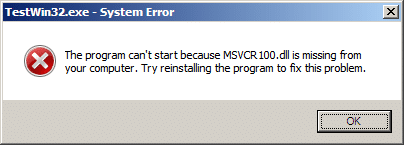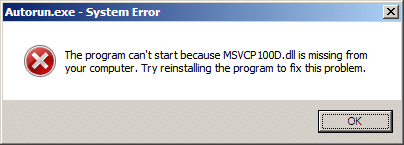A brief history of my computer life…
Hello. I came across this post on the FreeBSD forums: How you did you come FreeBSD world?
I started to respond but I felt my response was too long to put in a forum comment, so I am sticking it here on my blog.
A brief history of my computer life
My family had an Adam computer that ran on tape drives when I was young, boy was that Buck Rogers game and that Pong game awesome back then. I did my math homework in a primitive text editor when I was in 4th grade (1986), even though it was harder than doing it with a pencil. Then at some point we got a 286 running DOS, which migrated to LeMenu, then to windows 3.11. I remember hacking around Windows 3.1.1 just learning how the system worked. Once moment, I would be gaming, the next, just looking at why the game installed the way it did, how the system was laid out. At some point my family got a 386.
I remember getting online for the first time in 1994 with 14.4 modem. I remember windows 95. King’s Quest (1-6) were my favorite games. At school I had programming and graphics course, all on Apple of some sort.
In 1995, I had a semester at the University of Utah which included one programming class. All their systems were unix based and we emailed using pine.
I didn’t touch computers much from 1996-1998 because I served a mission for my church in the Dominican Republic. When I got back, Windows 98 was out and I earned enough to buy a computer. Technically it was the first computer that was “mine” because all the ones I had used before had belonged to my family or my school. StarCraft replaced King’s Quest as my favorite game.
In 1999 I took some MCSE courses. Around the same time, Microsoft outsourced their tech support for Windows 2000 to a company called Convergys. This was in Orem, Utah. There was a guy there talking up Red Hat who gave me a Red Hat 6 CD. I told him to install it an get on the internet in under an hour. It installed fine. But we never got it on the internet. Turns out he was a newbie. I played with Red Hat 6 for a week and never got Red Hat online. I was a Windows 2000 support guy anyway, right…I did get my NT 4.0 MCSE.
Well, Nortel Networks outsourced their tech support to the same place, and I jumped over there. I guy named Joe introduced me to FreeBSD 4.6.
At some point, I convinced my brother to drop windows servers and use FreeBSD for his servers at his ISP, Psionyx.net (now FusionNetworks.com).
I then started www.bsdcertification.com, however, I was new to the BSD world and not really well-known and some other well-known members started www.bsdcertification.org a few months later, completely unaware of the effort I had put in. At first I was irked and felt like they stole my project but I eventually got over it and turned my website over to them and now I am probably going to proxy exams at the upcoming UTOSC.
I got a job at LANDesk in 2004. While it has an Agent for Linux/Unix it is pretty much a windows tool. I have really kept up my Windows knowledge and though I haven’t updated my MSCE, I probably have enough knowledge and experience with windows to be considered an expert. A year ago I became a developer with LANDesk and we do most everything in C# (though I get to touch legacy C++ code), so needless to say I use Windows 7 at work. I have really nice dev box running Windows 7 that is a VMWare host, and they give me a laptop with Windows 7 on it too.
So I’ve never really left Windows in the desktop world completely. I have a FreeBSD desktop and a FreeBSD server. Actually, my work gives me a license for VMWare so I have dozens of virtual machines that I continue to use and test all kinds of platforms on, with FreeBSD being my open source platform of choice. Twice I have gotten a FreeBSD server into production at LANDesk, once as a internal knowledge base, once as an SVN server, neither lasted. I did become the subject matter expect for the LANDesk Linux agent and the LANDesk Linux-based appliance called the Management Gateway.
I am typing this on my work provided laptop that is running Windows 7. I have a Remote Desktop session to a decently powerful computer that is also running Windows 7 and is a VMWare Workstation host (BSD is not supported as a VMWare host). As VMWare guests, I have two FreeBSD VMs running currently and about a dozen freebsd VMs that I create for learning. Eventually, I delete them once I have learned what I created them to learn.
No I haven’t found a permanent FreeBSD project to call my home. I keep dabbling here and there. Mostly, I just document my learning, but eventually, I want to develop some BSD-related project. It would also be awesome to have a job focused on FreeBSD. However, I am way more than happy at LANDesk and I had an opportunity to leave for a Linux training company and I came close to doing so, but I just couldn’t leave a great company like LANDesk. So the LANDesk and Windows world remains my work life, and FreeBSD remains one of my hobbies.



